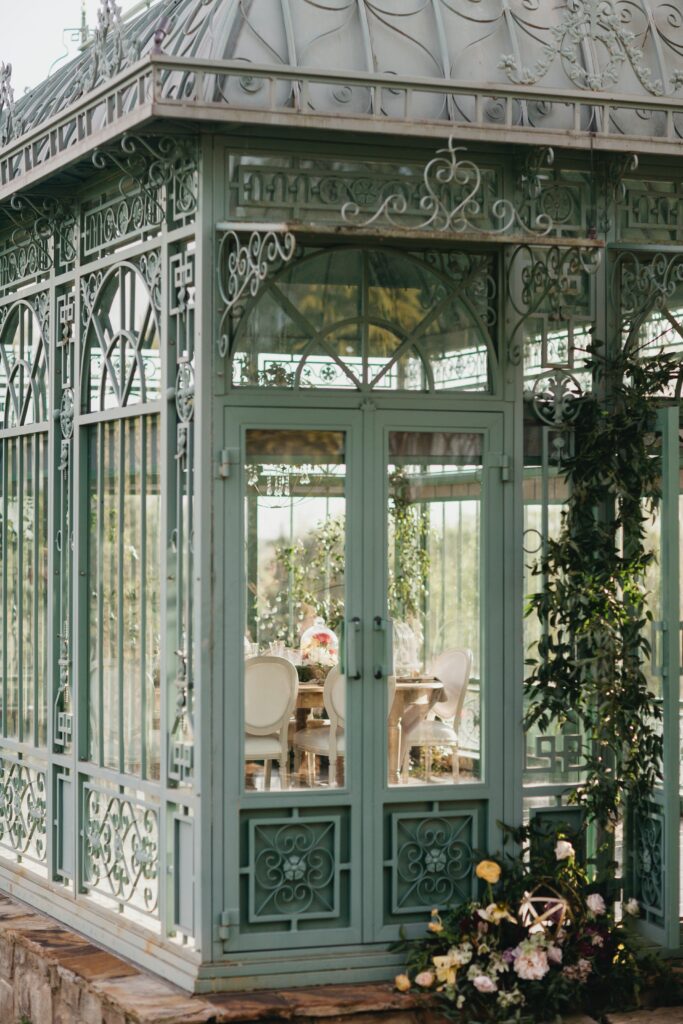
A sunroom is a delightful addition to any home, providing a space where you can enjoy the beauty of the outdoors while being sheltered from the elements. However, to maximize the benefits of your sunroom, it’s essential to consider its orientation carefully. The direction in which your sunroom faces can significantly impact its functionality and comfort. In this guide, we will explore the factors to consider when determining the best direction for your sunroom and how it can affect your overall enjoyment of this space.
Factors to Consider
When deciding on the direction in which your sunroom should face, consider the following factors:
1. Climate and Location:
The climate and geographical location of your home play a crucial role in determining the optimal orientation for your sunroom. Here are some climate-related considerations:
- Sunlight Exposure: Take note of the path of the sun throughout the day and the seasons. In cooler climates, you may want to maximize south-facing exposure to capture as much sunlight and warmth as possible during the winter months. In hotter climates, you might prefer to minimize direct sun exposure to avoid overheating during the summer.
- Prevailing Winds: Be aware of prevailing wind directions in your area. If your sunroom faces prevailing winds, it can become uncomfortably drafty. Consider windbreaks or other forms of protection if this is the case.
2. Intended Use:
Think about how you plan to use your sunroom. Different orientations can enhance specific uses:
- Relaxation and Lounging: If your sunroom is primarily for relaxation, you may want it to face a picturesque garden, a beautiful view, or the sunset. In this case, the direction that offers the best view and ambiance should be prioritized.
- Dining: If you intend to use your sunroom for dining, consider its proximity to your kitchen or outdoor grilling area. An east-facing sunroom can be perfect for breakfast and morning meals, while a west-facing one may provide a lovely backdrop for dinner.
- Plants: If you plan to use your sunroom for gardening or growing indoor plants, choose an orientation that provides the right amount of sunlight. East or south-facing sunrooms are typically best for plants that require ample sunlight.
- Exercise or Yoga: For a sunroom dedicated to exercise or yoga, consider an orientation that provides a sense of serenity and privacy. A north-facing sunroom may offer a peaceful and balanced environment.
3. Energy Efficiency:
The orientation of your sunroom can significantly impact its energy efficiency:
- Passive Solar Heating: If you want to use your sunroom for passive solar heating, south-facing orientation is often ideal. During the winter months, the sun’s lower angle allows for more direct sunlight, which can help warm your sunroom naturally.
- Shading: On the other hand, if your sunroom faces south or west and you’re concerned about overheating in the summer, consider incorporating shading solutions like awnings, shades, or deciduous trees.
4. Views and Aesthetics:
Consider the visual appeal of the orientation:
- Scenic Views: If your property features stunning scenery, such as a mountain range, lake, or garden, align your sunroom to take full advantage of these views. A well-positioned sunroom can become your retreat.
- Architectural Harmony: Ensure that the sunroom’s orientation complements the overall design and architecture of your home. It should appear as a natural extension of your living space.
Common Sunroom Orientations
Based on the factors mentioned above, here are the common orientations for sunrooms and their advantages:
1. South-Facing Sunroom:
- Pros: Maximizes sunlight and warmth during the winter months, making it ideal for passive solar heating. Offers excellent natural lighting for plants and a bright, cheerful atmosphere.
- Cons: May become too hot in the summer if not properly shaded. Consider adjustable shading solutions.
2. North-Facing Sunroom:
- Pros: Provides a consistent, even amount of indirect sunlight throughout the day, making it a comfortable space for various activities. Excellent for a quiet retreat or for growing plants that don’t require intense sunlight.
- Cons: Offers less direct sunlight, so it may not be as effective for passive solar heating or those seeking maximum warmth.
3. East-Facing Sunroom:
- Pros: Receives morning sunlight, creating a pleasant and invigorating space for breakfast or morning relaxation. It tends to stay cooler in the afternoon, making it suitable for summer use.
- Cons: May not provide as much warmth or light in the late afternoon or evening.
4. West-Facing Sunroom:
- Pros: Offers stunning views of sunsets and can be a lovely setting for evening meals or relaxation. It can capture afternoon sunlight for those who prefer warmer temperatures.
- Cons: Prone to overheating in the summer due to intense afternoon sun. Effective shading solutions are essential.
Hybrid Orientations
In some cases, it may be possible to create a hybrid orientation that combines the advantages of multiple directions. For example:
- Southeast-Facing: This orientation captures morning sunlight and is ideal for breakfast or morning activities. It avoids the intense afternoon heat of a pure east-facing sunroom.
- Southwest-Facing: A southwest-facing sunroom receives afternoon sunlight, making it a pleasant space for evening relaxation. However, it may require effective shading to prevent overheating.
Conclusion
Choosing the right orientation for your sunroom is a critical decision that requires thoughtful consideration of your climate, intended use, energy efficiency goals, and aesthetic preferences. Each orientation offers unique advantages, and the best choice will depend on your individual needs and the characteristics of your property. Ultimately, a well-placed and thoughtfully designed sunroom can become a cherished space where you can bask in the beauty of nature while enjoying the comfort of your home.
